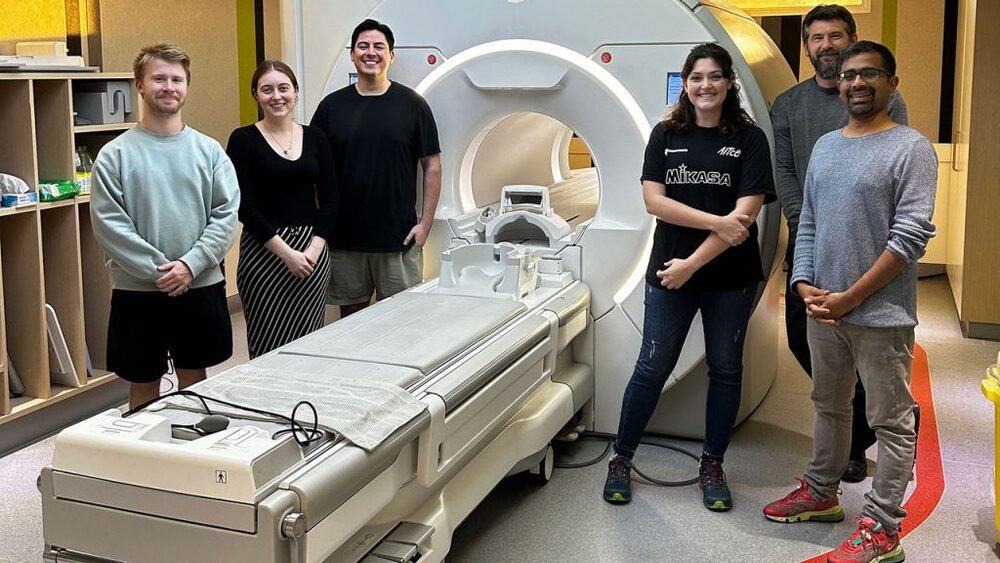New brain metric aids dementia research
Staff Reporter
17 June 2024, 6:02 PM
 New tool enhances brain health diagnostics. Photo by Milad Fakurian
New tool enhances brain health diagnostics. Photo by Milad Fakurian Researchers at the Auckland Bioengineering Institute and the Mātai Institute have developed a new metric for measuring blood circulation in the brain, potentially advancing the understanding of dementia and other neurological conditions.
The metric, published in the journal Scientific Reports Nature, was developed by a team led by Sergio Dempsey.
It uses 4D flow MRI technology to provide a comprehensive measure of small vessel pulsatility risk, crucial for conditions like Alzheimer’s disease.
This innovation allows for the detailed assessment of brain vascular health by measuring how blood pulsatility is transmitted through brain vessels.
"Our method allows for a detailed assessment of the brain’s vascular health, which is often compromised in neurodegenerative disorders," said Dempsey.
Traditional MRI methods face limitations due to anatomical variations and measurement constraints, but this new technique integrates thousands of measurements across all brain vessels.
This results in a richer, more representative metric of the entire brain.
"The ability to measure how pulsatility is transmitted through the brain’s arteries could revolutionise our approach to neurological diseases, and support research in vascular damage hypotheses," Dempsey added.

The research team at the Mātai scanner in Tairāwhiti, from left, Wright (Mātai), Taylor Emsden (Mātai), Sergio Dempsey (ABI), lead author, Chiara Colombo (visiting student, University of Trento, Italy), Paul Condron (Mātai), and Haribalan Kumar (Mātai/ABI/GE Healthcare).
The study also highlights the potential for enhanced clinical assessments and research on brain health. Incorporating this metric into diagnostic procedures could lead to more precise and personalised care plans for individuals at risk of cognitive impairments.
The research tools have been made publicly available, integrating them into open-source software to foster further research and collaboration worldwide.
"Our findings are a promising step towards better understanding the vascular contributions to neurodegeneration," said Associate Professor Samantha Holdsworth, Mātai Director of Research.
"We’re excited about the metric's potential to become a standard part of neurological assessments and the positive impact it could have on millions of lives."
The research team plans further studies to explore the applications of this technique in larger and more diverse populations, starting with the 'Digital Twin Dementia Study' at Mātai later this month.
They also plan a new study focusing on sex-related dynamics in vascular health, set to begin at Mātai and the Centre for Advanced MRI in November.



